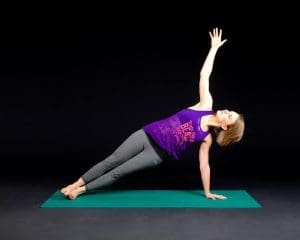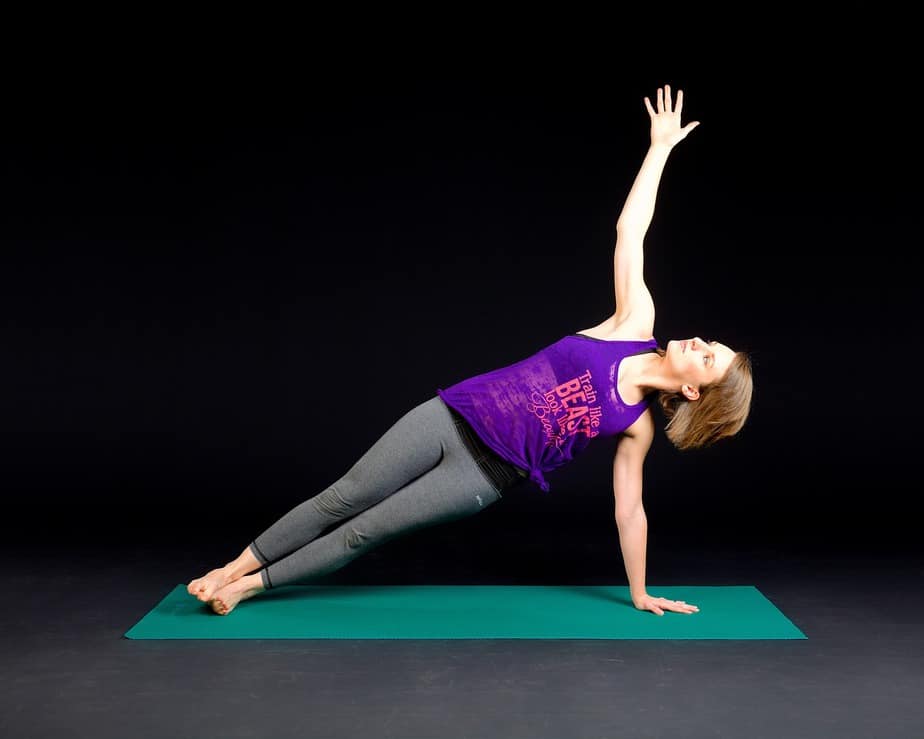 Few wellness routines have garnered as devoted a following as yoga. Once relegated to spiritual masters on misty mountaintops, the practice has since hooked “spiritual” Westerners and, lately, people from all walks of life.
Few wellness routines have garnered as devoted a following as yoga. Once relegated to spiritual masters on misty mountaintops, the practice has since hooked “spiritual” Westerners and, lately, people from all walks of life.
Since being integrated into the Western culture, yoga has taken off in every sense of the word. It’s spawned popular spinoffs—goat yoga, anyone?—and an industry of products that generates $27 billion annually. In 2012, there were 20.4 million yoga devotees in the U.S. Now, well over 36 million Americans are taking to the mat. And there’s more where that came from, because 80 million more people are expected to try yoga for the first time within the next 12 months.
Pro athletes are the latest group to embrace yoga. LeBron James and Shaq are just two of the athletes who have been singing yoga’s praises. It’s also reportedly an off-season routine for many MLB players who want to enhance their flexibility and perform at their peak under pressure.
After centuries of prominence in Eastern wellness systems, athletes, trainers and scientists are finally acknowledging the long list of benefits associated with yoga. Beyond its hallmark body-mind connection, yoga can improve your health in a variety of ways. Here are a few of the biggest benefit that should have you hitting the yoga mat—if you’re not doing so already.
Yoga for a happy heart
We’re talking about more than heart chakras here. Stepping onto the yoga mat can have real, positive effects on your heart. Several studies have found that yoga has a positive effect on cardiovascular risk factors. For one, keeping up with a regular practice may help reduce blood pressure in people with hypertension and bring brown lipids into a normal range.
Yoga has also become a key technique in recovering from a cardiovascular event, in part due to its gentle movements and stress-busting benefits. Of course, if you already have heart disease, be sure to check with your doctor before starting a new exercise regimen.
Gently build strength
Yoga comes in many forms. Yin yoga is all about restoration, and you’ll hold poses for up to 20 minutes at a time. Practices like vinyasa, power yoga or even bikram all require you to lift and support your own body weight, fulfilling the CDC recommendations for strength training.
If you’re looking to build strength at home, check out these poses featured in Yoga Journal. The boat, side plank and chair poses are all likely to leave you feeling the burn.
Support those bones
Your skeleton supports you, but too often we forget to give it the support it needs in return. While we tend to think of our bones as this hard, unchangeable mass inside of our bodies, that’s not really all that accurate. According to the National Institutes of Health, more than 10 million Americans currently suffer from osteoporosis, and many more are at risk. Another 54 million Americans have what’s known as osteopenia, a precursor to osteoporosis.
Women especially need to be cognizant of their bone health. The loss of estrogen that takes place during menopause, for instance, can cause a rapid loss of bone mass. Men deal with this too, just a bit later in life. Around age 70, men experience a drop in testosterone that also affects their bone mass.
This might seem like an unfortunate fact of aging, but yoga can both prevent the loss of bone mass and actually strengthen weaker bones. Gentle weight-bearing exercise could improve bone density through the act of the muscles pulling against the bones.
Yoga supports mindful eating
Mindfulness in general has become a familiar buzzword. Its close cousin, mindful eating has been around for quite some time as well. But the term isn’t as “out there” as it might sound to some. Rather, it refers to having a healthy relationship with food and choosing moderation and whole food options like fruits, vegetables and lean protein.
In one study, researchers found that middle-aged people who practiced yoga regularly over a 10-year period gained less weight than those who did not. While exercise undoubtedly plays a part here, it seems the self-control learned in yoga may also have a role in helping people stop eating after they are satisfied and make healthier choices when they are hungry.
Of course, yoga has a lot to more to offer than what we’ve outlined above: flexibility, weight reduction and mental benefits, to name a few. Between the potential to stave off conditions like heart disease to strength-building poses, there’s no reason to not to embrace this gentle yet powerful practice. So go ahead, practice your sun salutations and boost your wellness in the process. If it gets Shaq’s stamp of approval, it gets ours, too.
I’m not just a supplement analyst. I’m an extremely qualified one! I am a Certified Nutrition Coach (CNC) and actually received my certification directly from the National Academy of Sports Medicine. I am also a Nutrition & Wellness Consultant, certified by the American Fitness Professionals Association (AFPA).


